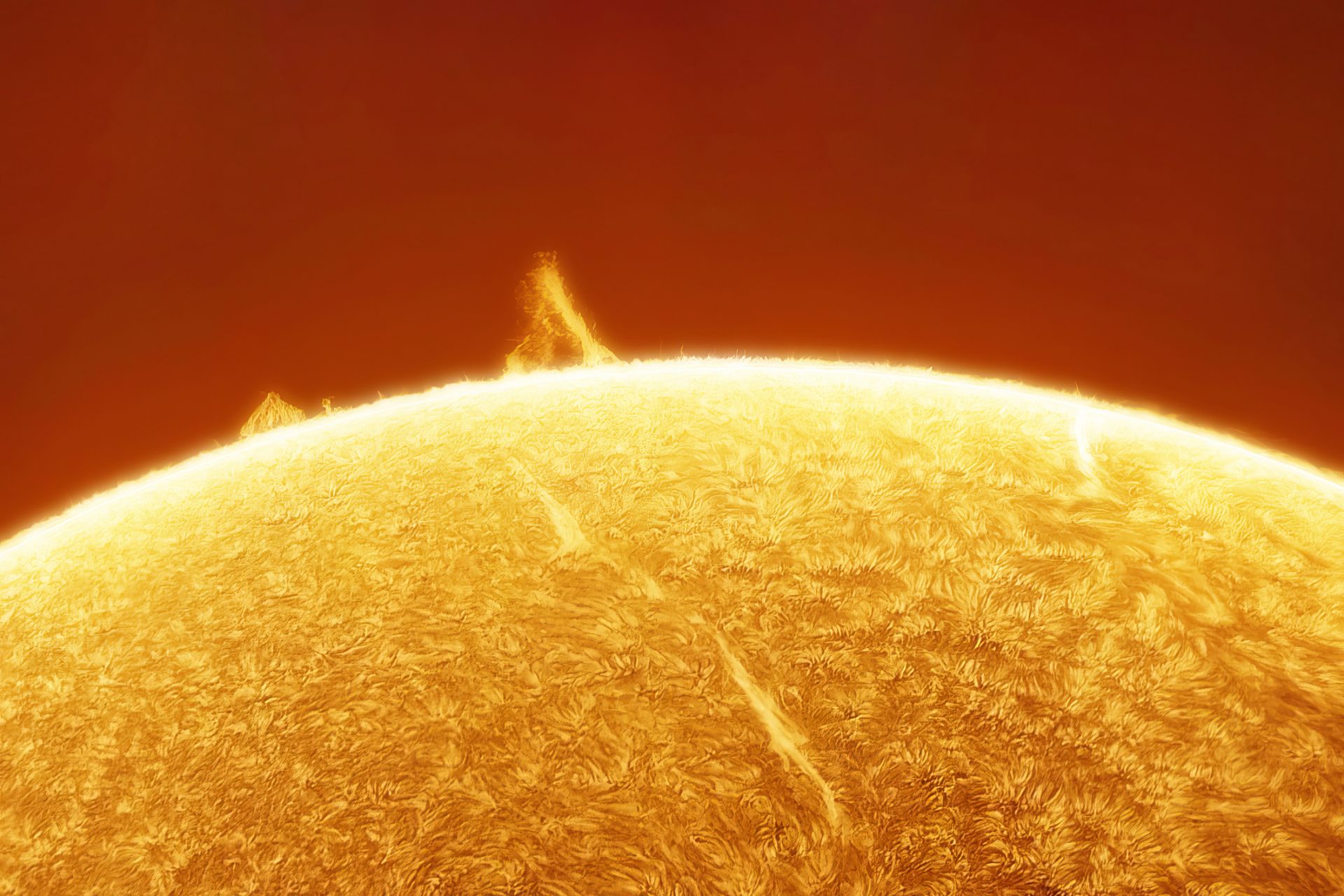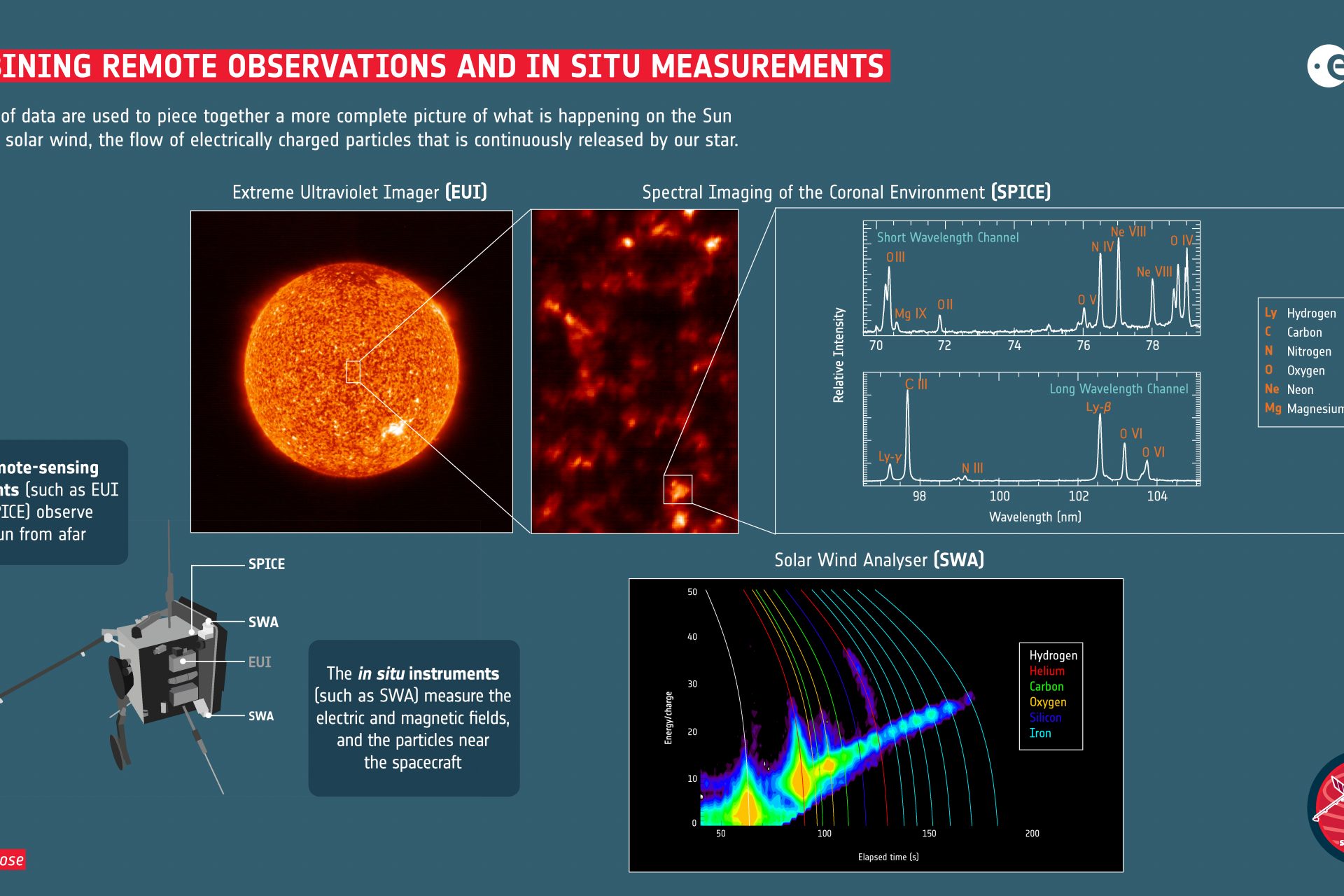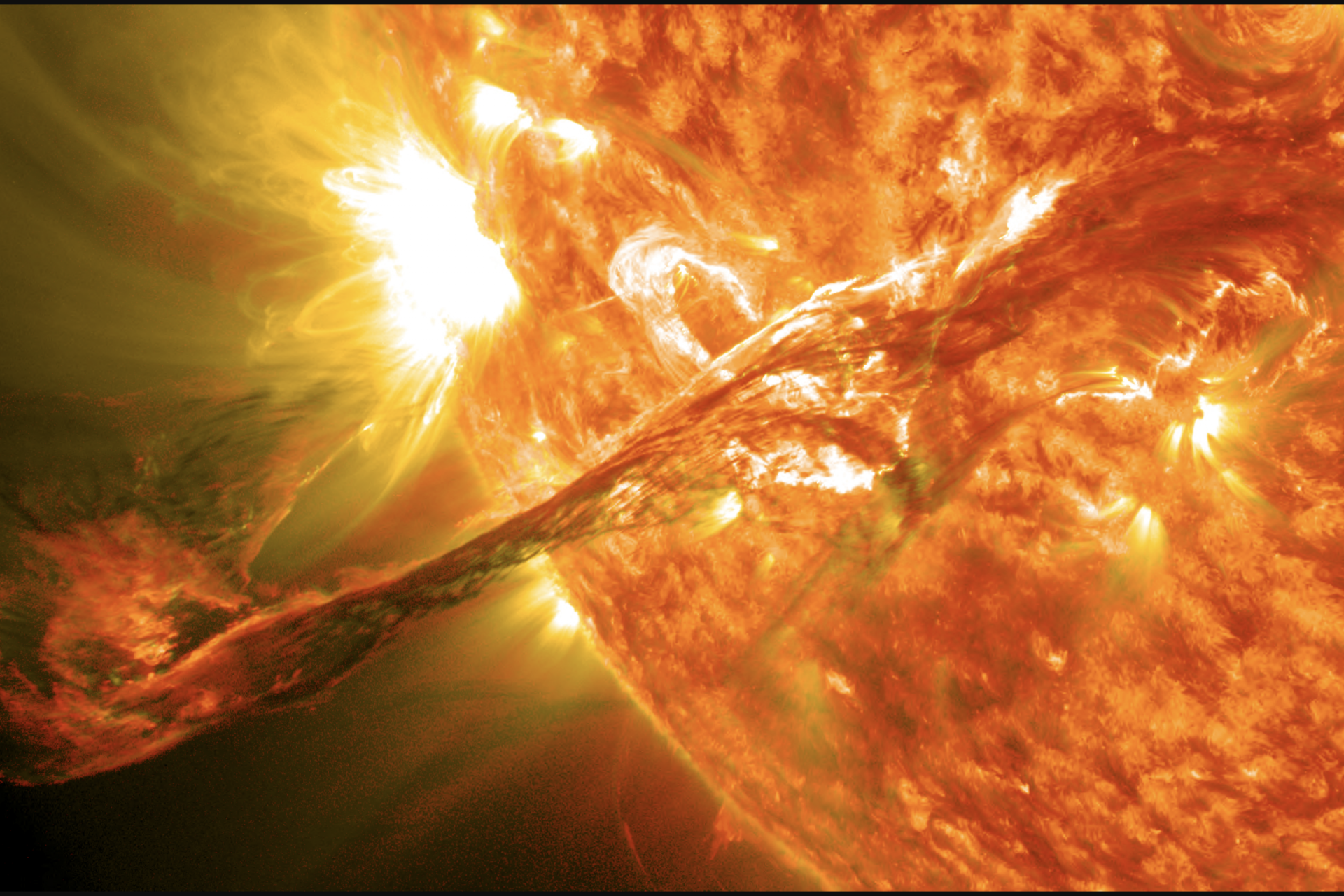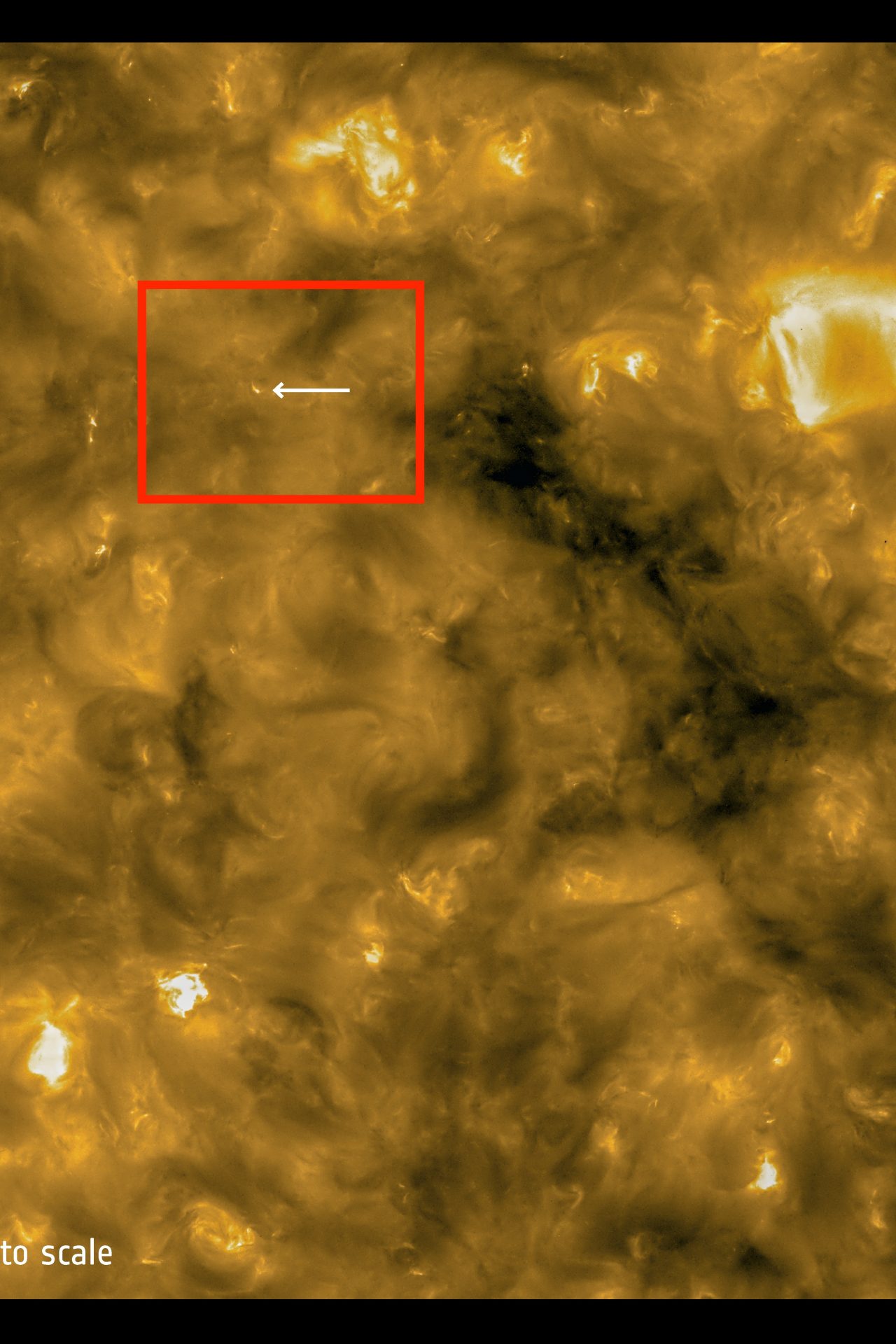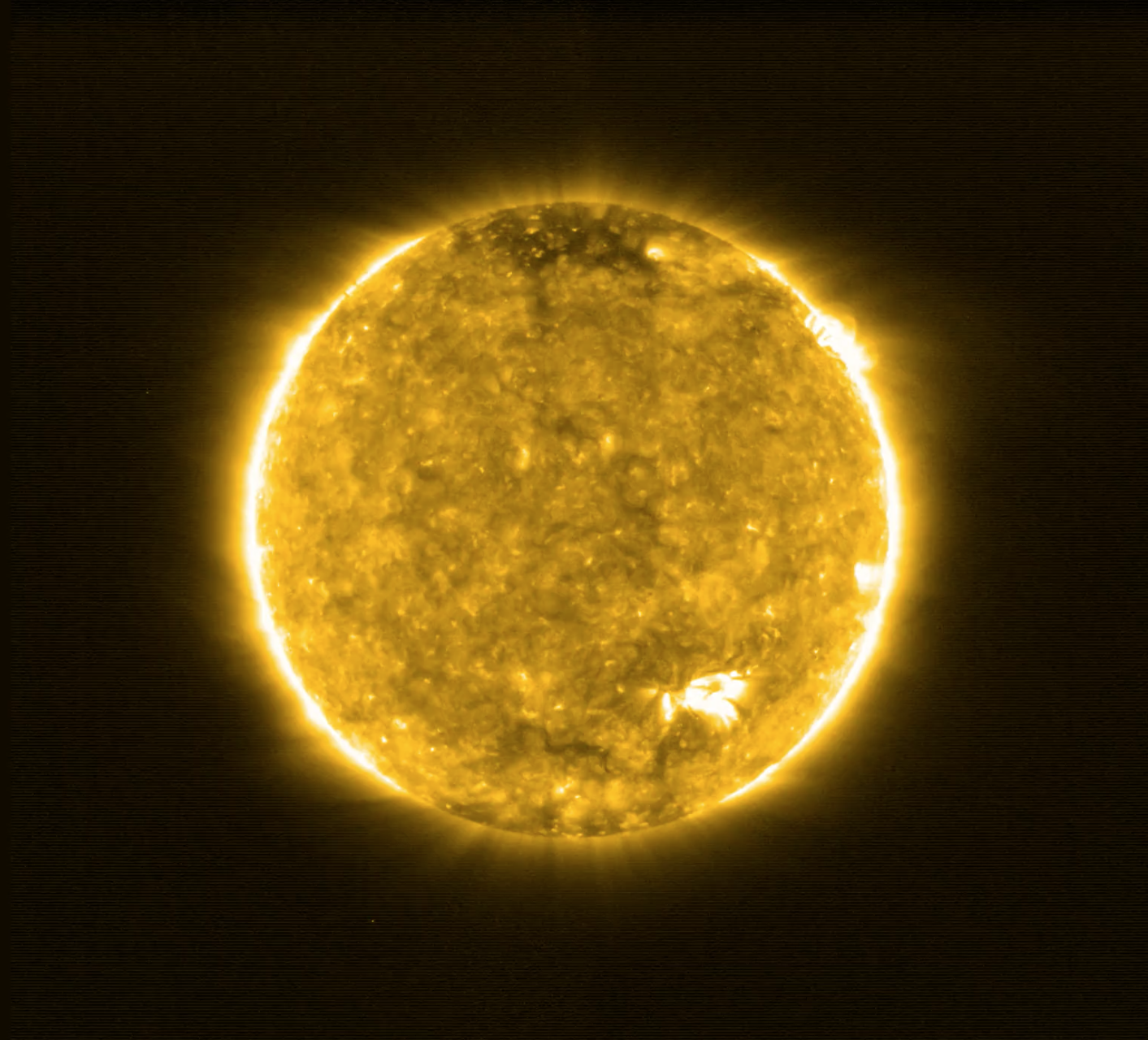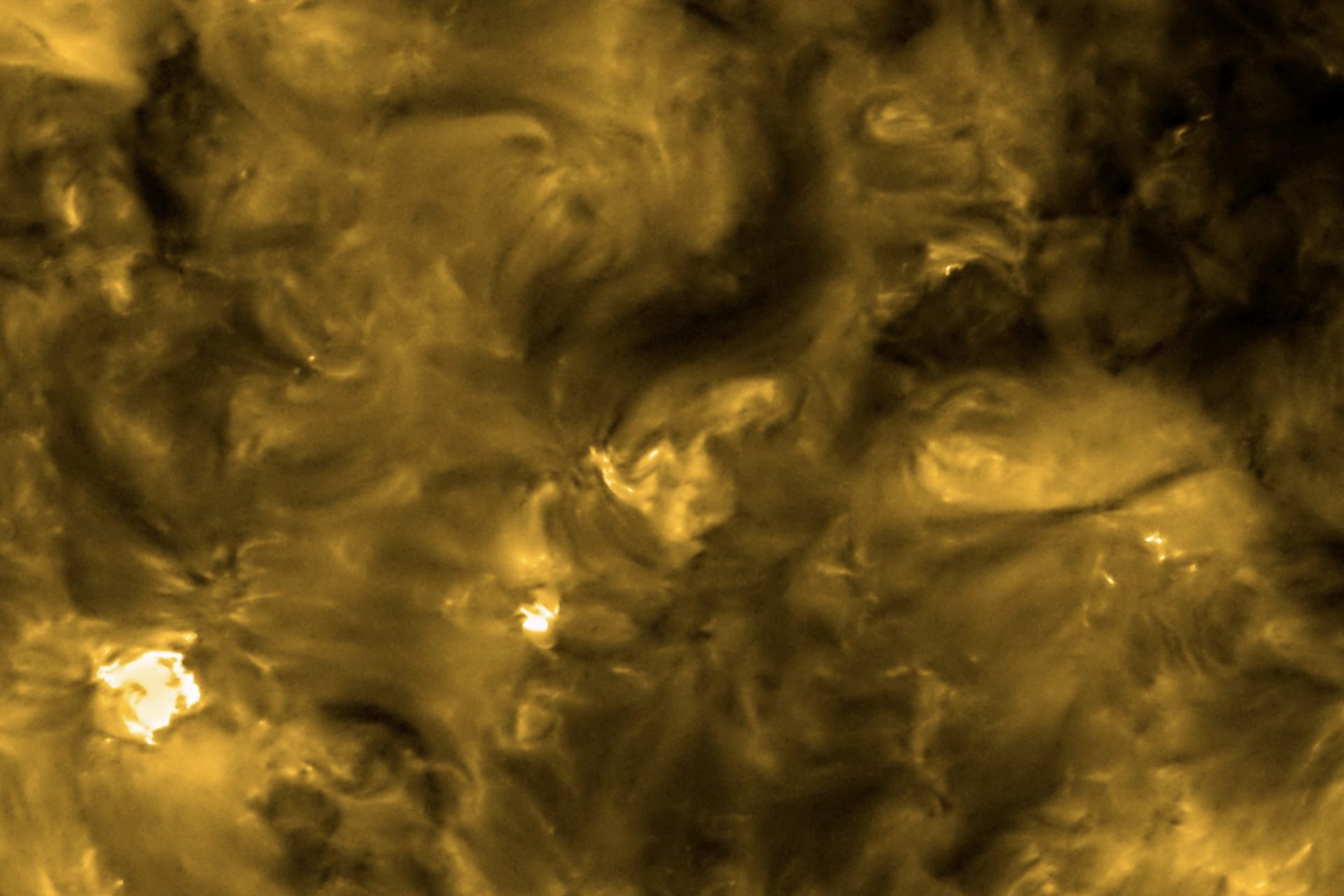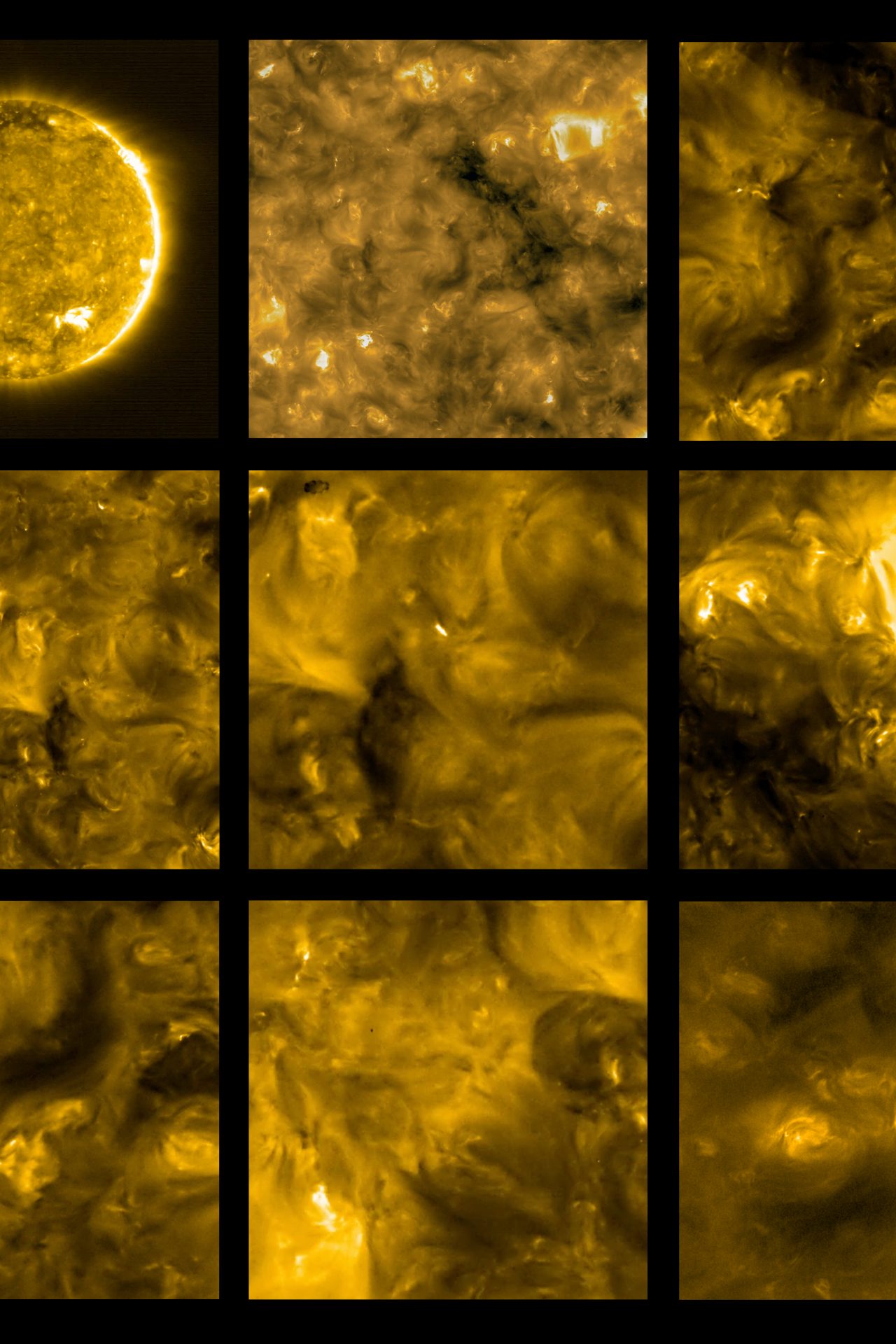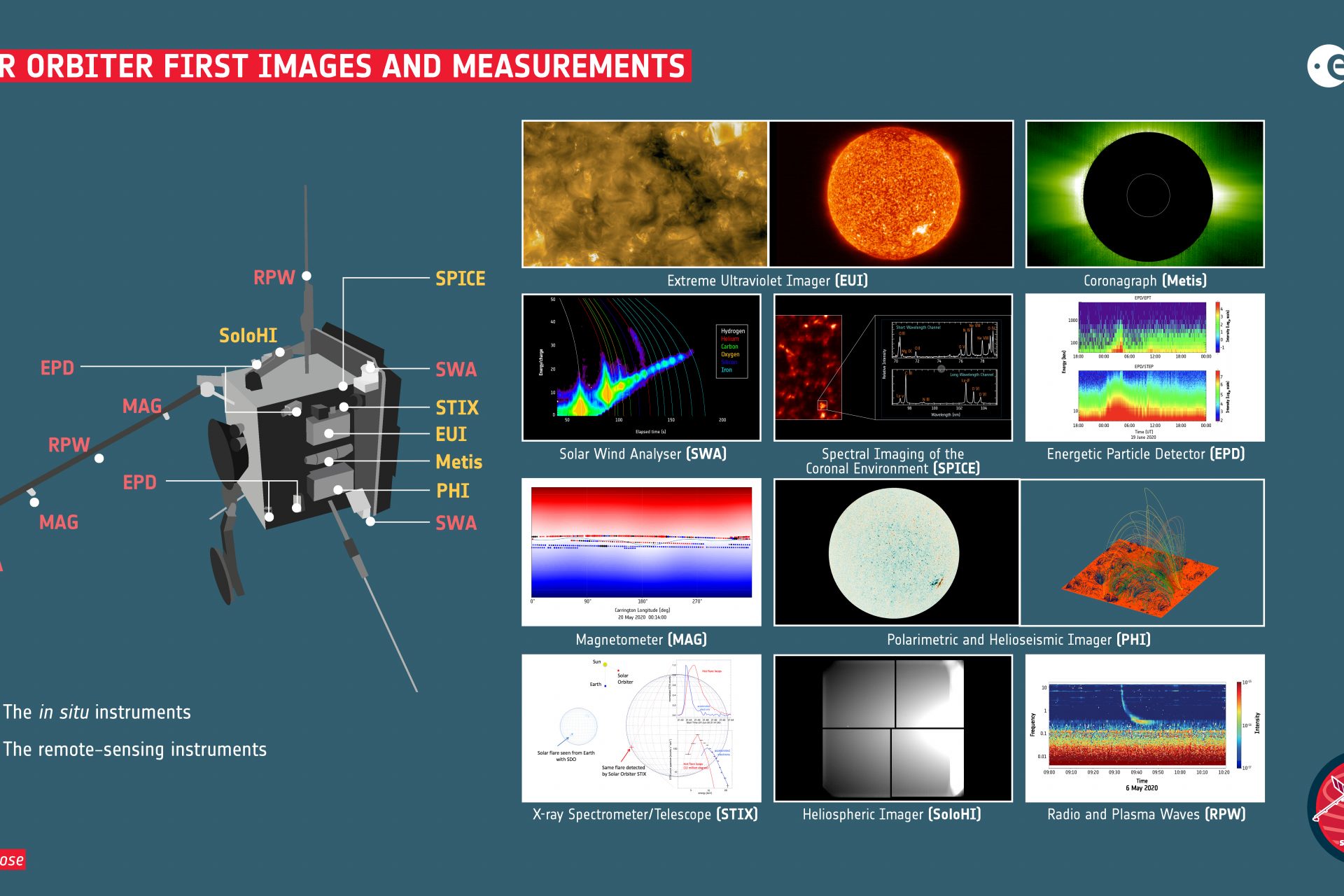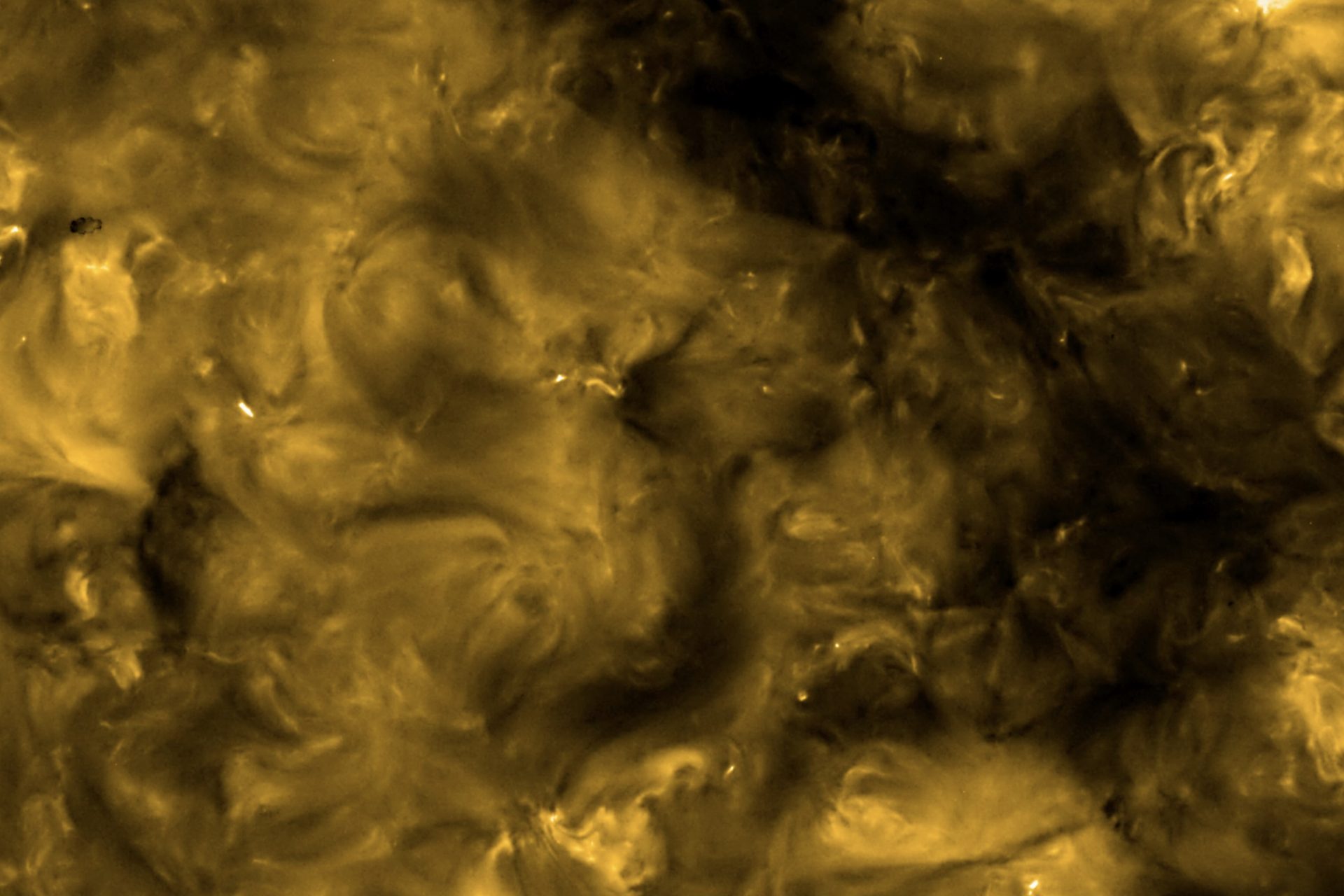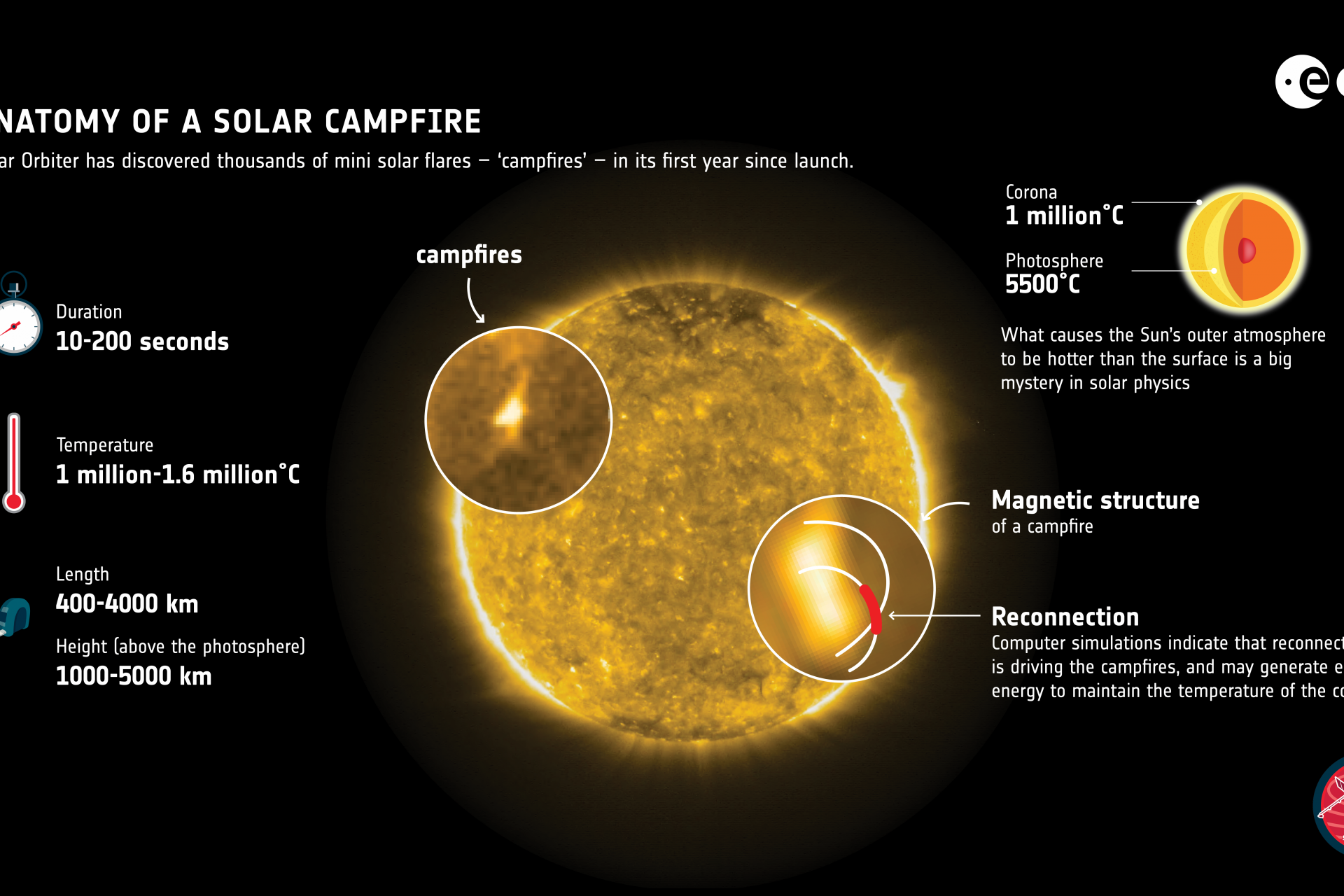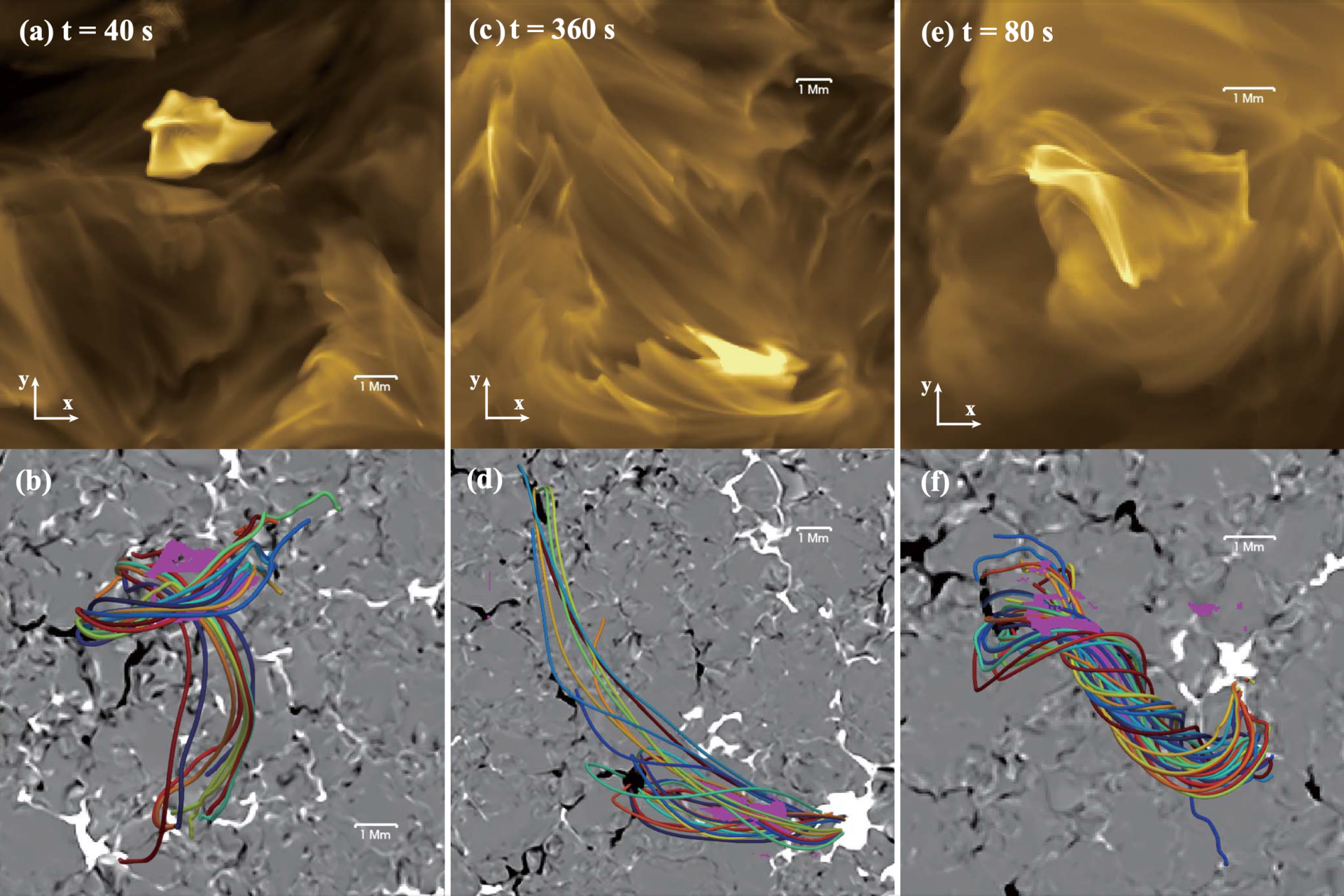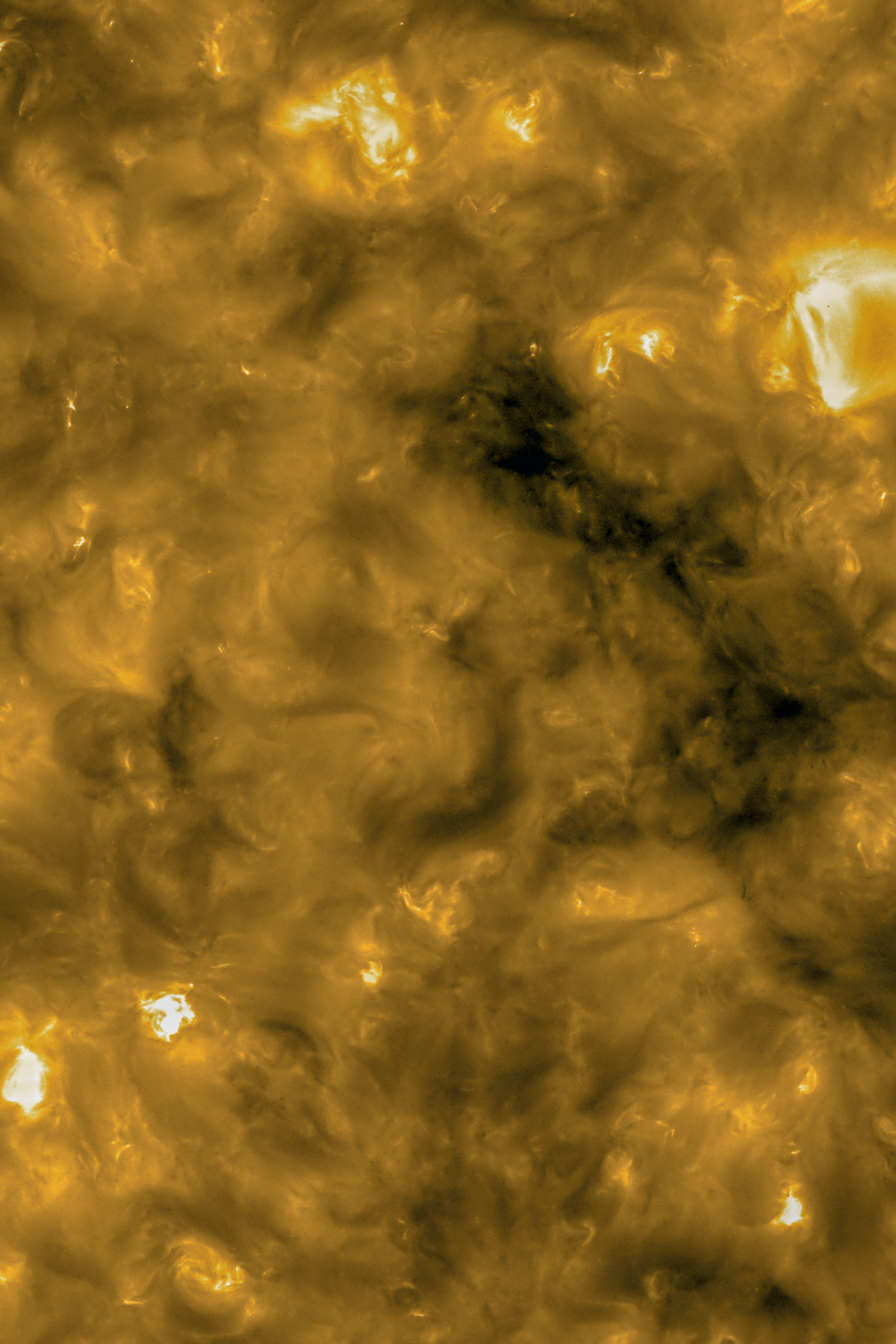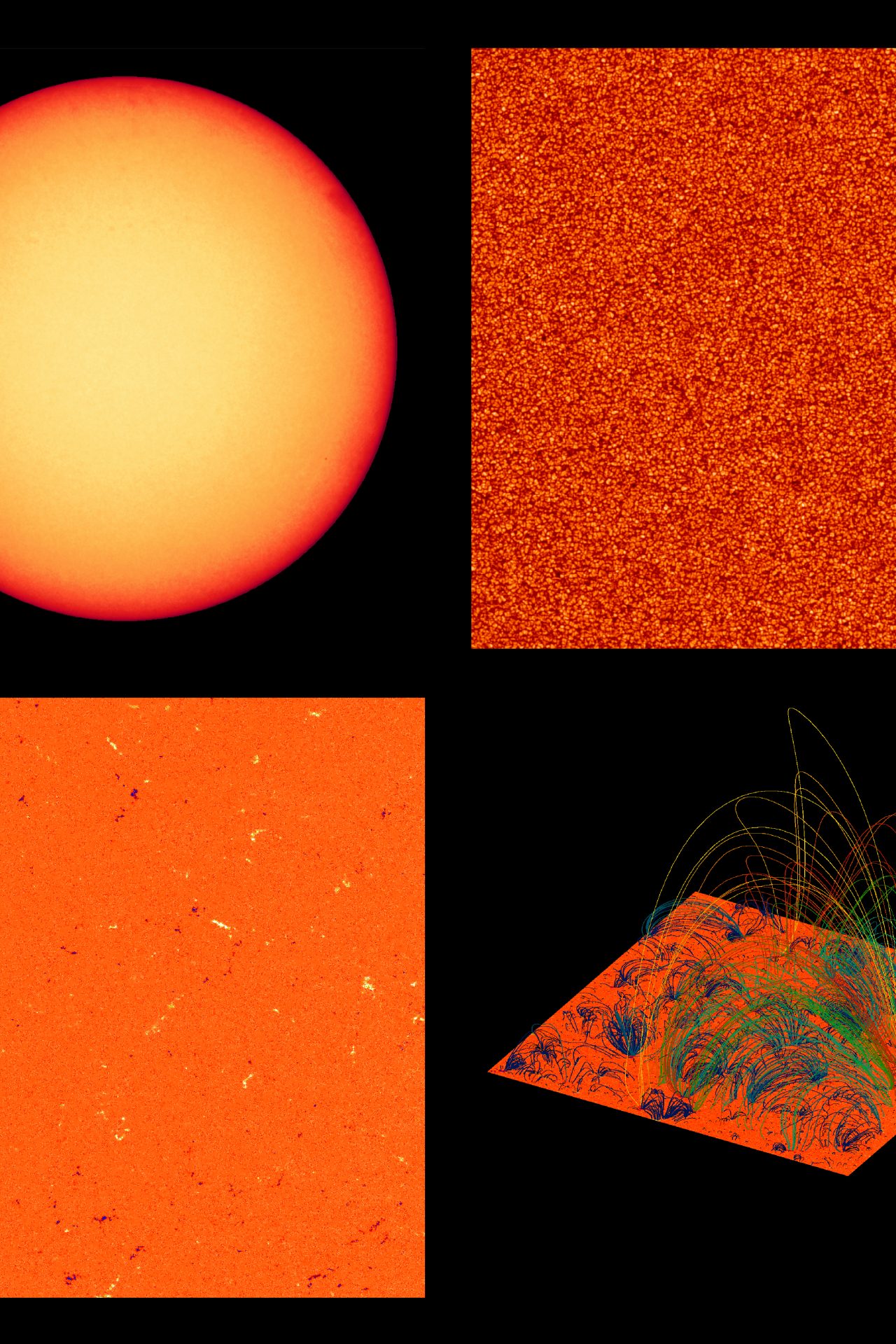Meet campfire flares: these are the sun's weirdest phenomenon
Scientists still don't know a lot about our sun, but a recent discovery just solved one of the mysteries that has been puzzling researchers for years: we finally know what causes campfire flares.
Campfire flares are small eruptions on the sun's surface and are similar to solar flares and coronal mass ejections, but they occur at one billionth the scale of those phenomena according to Science News Explores.
Campfire flares were only discovered in 2020 after the European Space Agency’s Solar Orbiter captured a close-up image of the sun that revealed a bizarre flicker of ultraviolet light according to Science News.
Photo Credit: Solar Orbiter/SPICE Team; SWA Team; EUI Team/ ESA & NASA
The strange flashes were an interesting discovery for researchers since they resembled the types of mass explosions that an astronomer would see from something like a solar flare of coral mass ejection but much smaller.
Photo Credit: By NASA Goddard Space Flight Center, CC BY 2.0
“The campfires are little relatives of the solar flares that we can observe from Earth, million or billion times smaller,” says David Berghmans of the Royal Observatory of Belgium according to a 2020 ESA press release.
Photo Credit: Solar Orbiter/EUI Team/ ESA & NASA; CSL, IAS, MPS, PMOD/WRC, ROB, UCL/MSSL
“The Sun might look quiet at the first glance, but when we look in detail, we can see those miniature flares everywhere we look,” Berghmans added. But what did the new images of the sun uncover about its surface activity?
Photo Credit: Solar Orbiter/EUI Team/ ESA & NASA; CSL, IAS, MPS, PMOD/WRC, ROB, UCL/MSSL
Science News reported that the bizarre flicker of ultraviolet light captured in the images by the ESA were only “a millionth of a billionth” of the size of a solar flare or coral mass ejection, which left researchers puzzled about the phenomenon.
Photo Credit: Solar Orbiter/EUI Team/ ESA & NASA; CSL, IAS, MPS, PMOD/WRC, ROB, UCL/MSSL
“These are only the first images and we can already see interesting new phenomena,” explained Daniel Müller, ESA’s Solar Orbiter Project Scientist in 2020. “We didn’t really expect such great results right from the start.
Photo Credit: Solar Orbiter/EUI Team/ ESA & NASA; CSL, IAS, MPS, PMOD/WRC, ROB, UCL/MSSL
“We can also see how our ten scientific instruments complement each other, providing a holistic picture of the Sun and the surrounding environment,” Müller added. But the new discovery prompted a lot of questions.
Photo Credit: Solar Orbiter/EUI Team/ ESA & NASA; CSL, IAS, MPS, PMOD/WRC, ROB, UCL/MSSL
Researchers weren’t sure at the time what caused the little campfire flares on the sun or whether or not they were driven by the same forces as other larger phenomena, though science would soon sort out the mystery.
Photo Credit: Solar Orbiter/EUI Team; PHI Team/ESA & NASA
Solar physicist Navdeep Panesar and a team of researchers observed fifty-two different campfire flare events from beginning to end and discovered that the tiny eruptions were preceded 79% of the time by something called cool plasma.
Photo Credit: Solar Orbiter/EUI Team/ ESA & NASA; CSL, IAS, MPS, PMOD/WRC, ROB, UCL/MSSL
The researchers reported on the findings of their observations at the Triennial Earth-Sun Summit on April 9th, 2024, and revealed that campfire flares were likely caused by cool plasma as it rose to the surface of the sun.
Photo Credit: Solar Orbiter/EUI Team/ESA & NASA; Data: Berghmans et al (2021) and Chen et al (2021)
“When this cool plasma rises, a brightening appears underneath it,” Panesar explained about the phenomena according to Science News, adding that the brightening was what turned into campfire flares.
Photo Credit: Astronomy & Astrophysics, Chen et al (2021), Volume 656
Most campfires have complex structures according to the researchers but they follow a very common pattern of looking like “jets, dots, or loops.” The far more interesting aspect of how they come to be has to do with magnetism on the sun.
Campfire flares occur when different magnetic fields on the sun get mixed up with each other and cancel each other out, resulting in a “powerful release of energy” according to Science News’ explanation of the research.
Photo Credit: Solar Orbiter/PHI Team/ESA & NASA
The researchers suggested that campfire flares are a lot more common than previously thought and added that they do arise in a way similar to coronal jets. However, our full understanding of what’s happening still isn’t 100 percent clear.
Campfire flares can get as hot as 2.5 million degrees Celsius or 4.5 2.5 million degrees Fahrenheit. Hopefully, further research on these weird phenomena will reveal what kind of purpose they serve for the sun.
Photo Credit: Solar Orbiter/PHI Team/ESA & NASA
More for you
Top Stories




